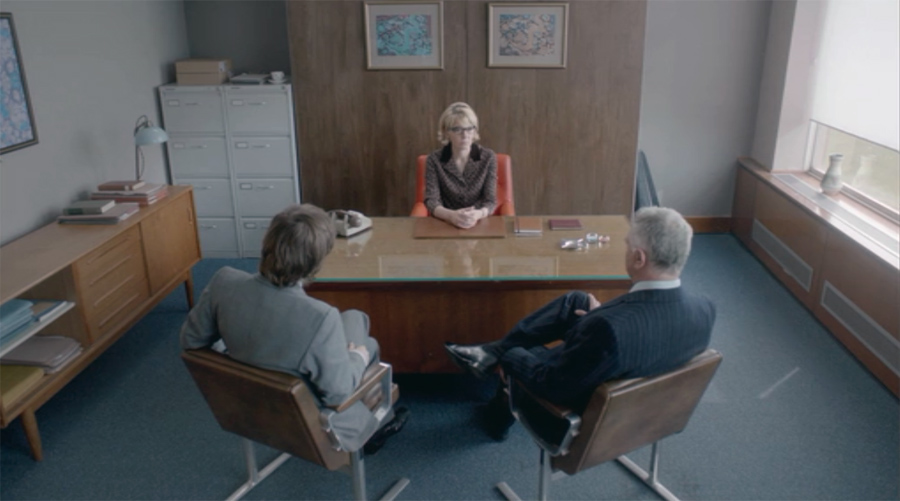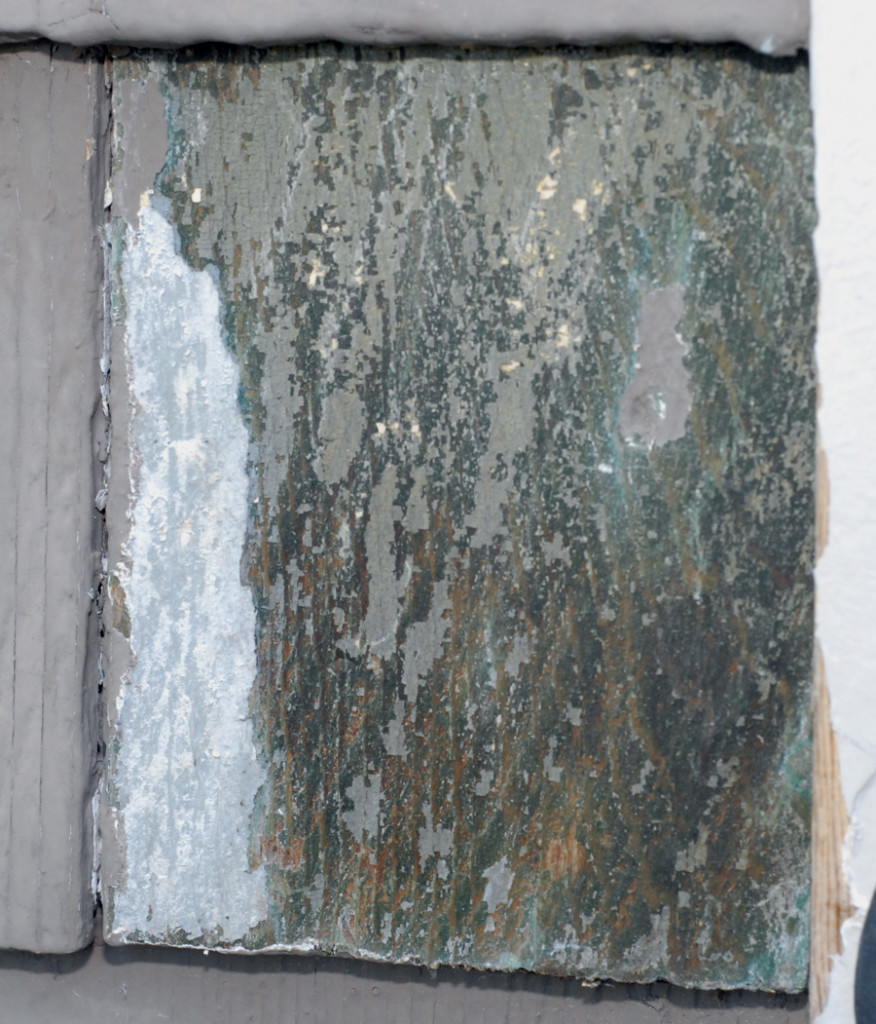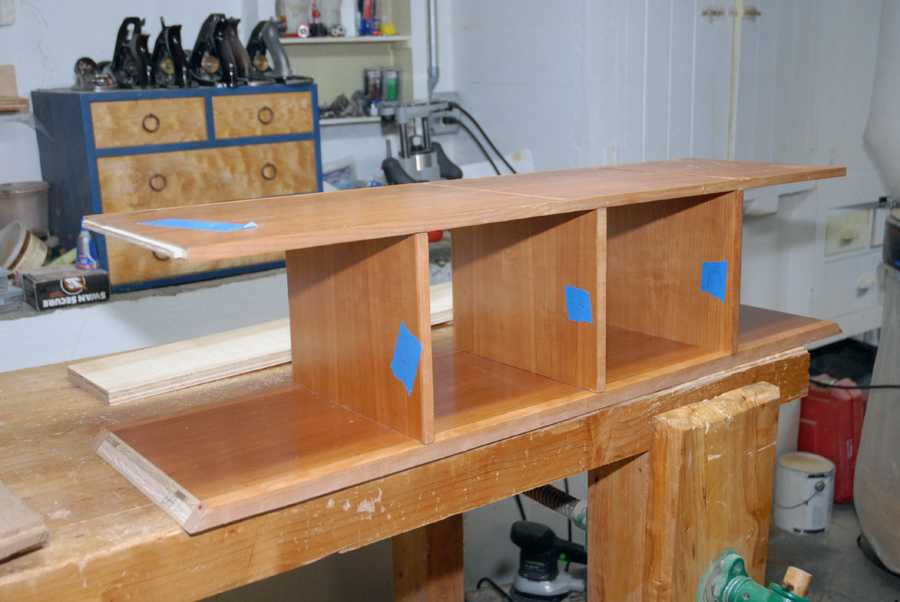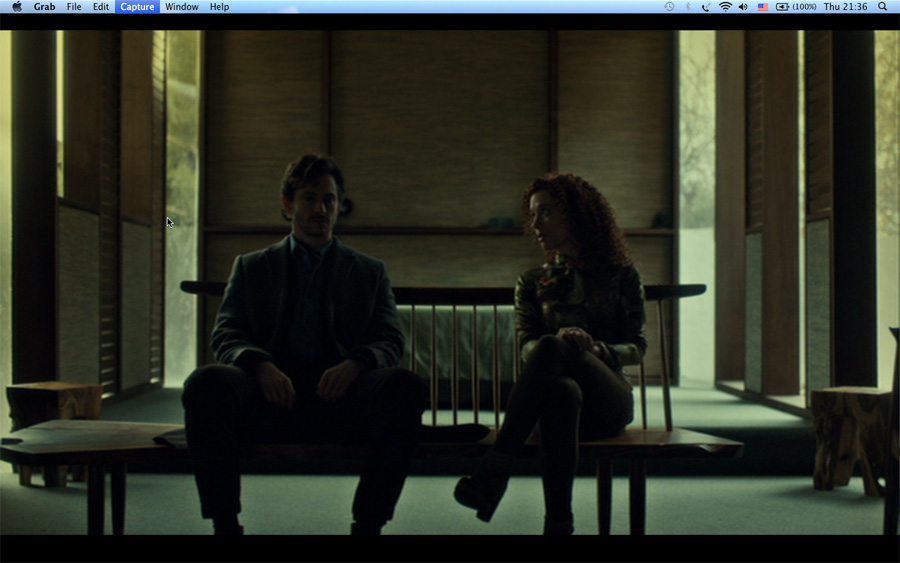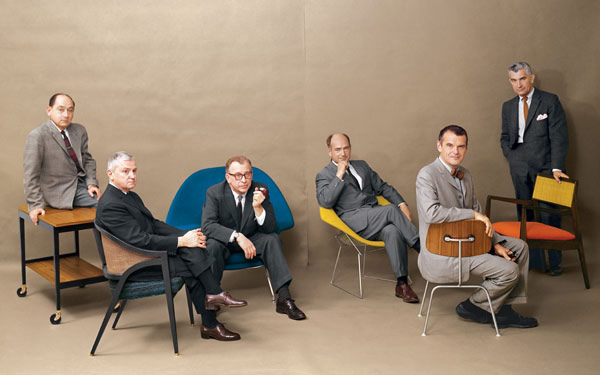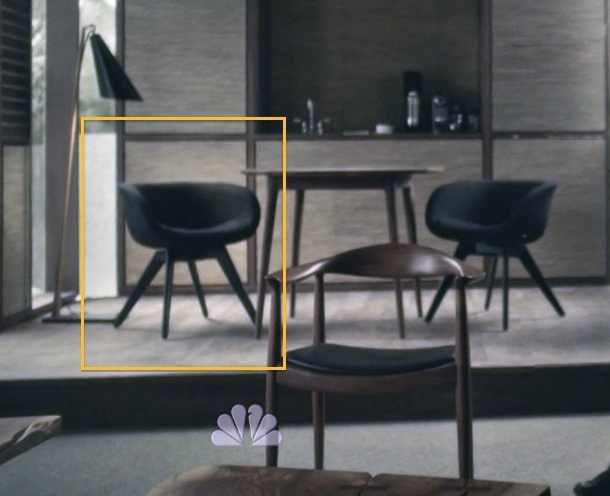Last spring a vacant lot, still populated with old growth trees, went up for sale (it was part of a double lot the owner decided to parcel out). The real estate agent’s sign came and went without any indication of an actual sale, but late in the summer excavators appeared and cleared the lot and dug foundations. As did many local residents, we enjoyed watching construction, but I was disappointed to see some missed opportunities, like the decision to put the house on footings instead of doing a full basement, or an unnecessarily baroque roof design. I am a bit perplexed, too, by the design of the house. It exhibits bits and pieces of Craftsman design–gables make an appearance, and there are shingles over siding, for example–but it’s as if the architect (if there was a human agent behind the design and it wasn’t generated by algorithm) took a couple of different representative Arts & Crafts designs, tossed them in a blender, then picked bits and pieces at random and called it a day. At the risk of some silliness, I’m proposing “PoMoFo” as a new label, a condensation of Post-Modern Faux, to describe the style. Especially sad is the porch, a miniscule facsimile hampered by its lack of useful size. Should we be glad that at least some effort was made to blend the nascent McMansion into the neighborhood by incorporating historical elements into the design, or this the final gasp of what passes for contemporary home design?
At least the garage is at the back of the house.
